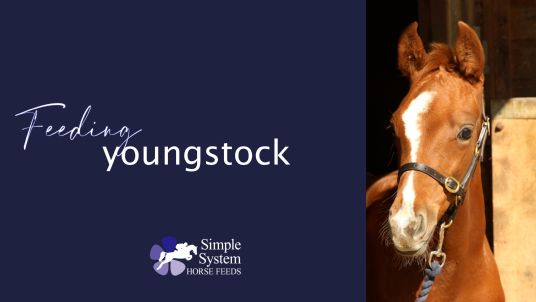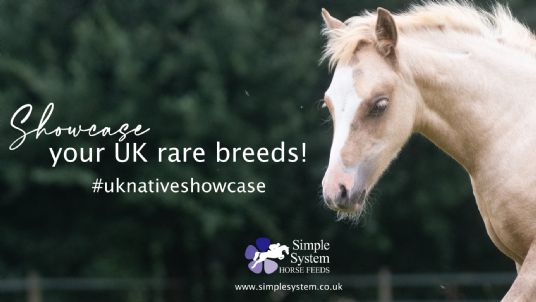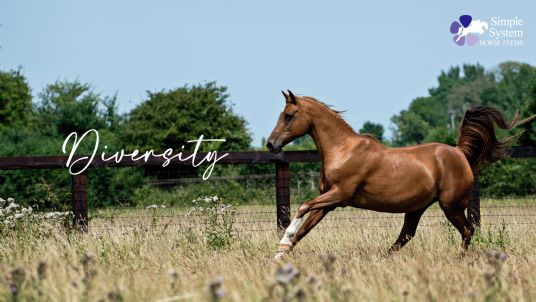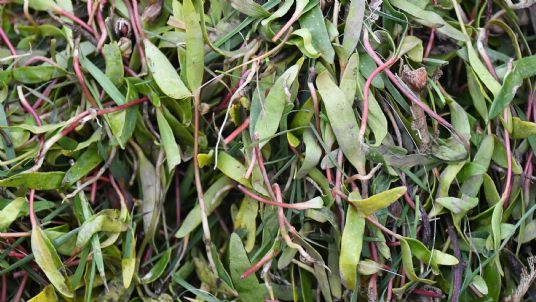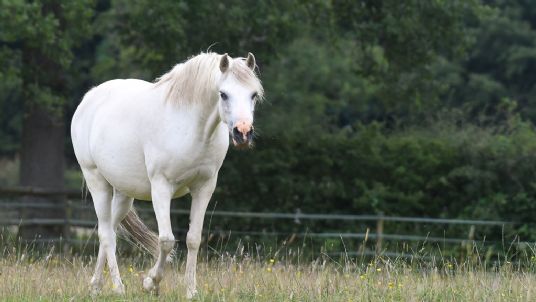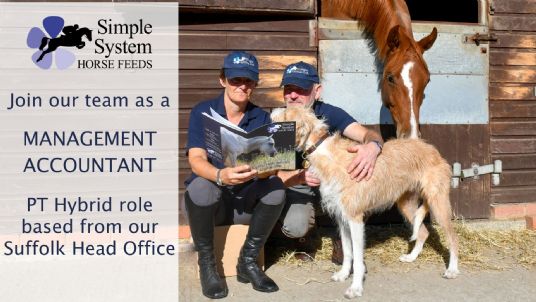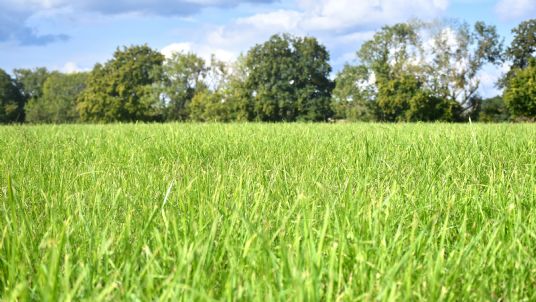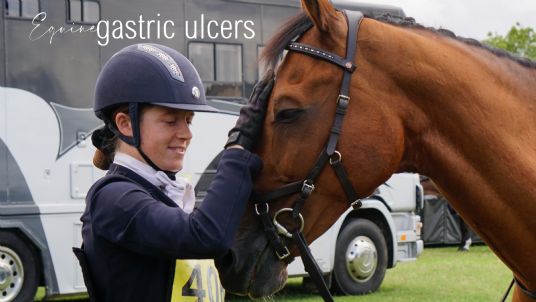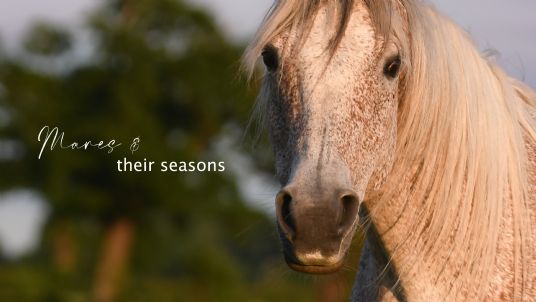Feeding young horses
Young horses rarely follow the theoretical growth curves. They have growth spurts which can coincide with spring grass coming through, or coincide with nothing in particular! Spring grass is great for supporting growth but when there is not the high quality of grazing available to support them, growing young horses can suddenly look very scrawny. They will need additional feeding, but especially with growing horses, it is important to keep sugar and starch levels low, as these can be associated with developmental issues in bones and joints. Plenty of protein and calcium are really important and forage sources will ensure good levels of quality fibre to support gut health.
